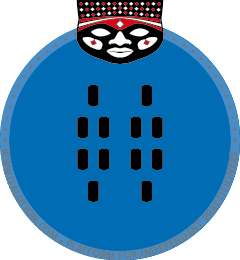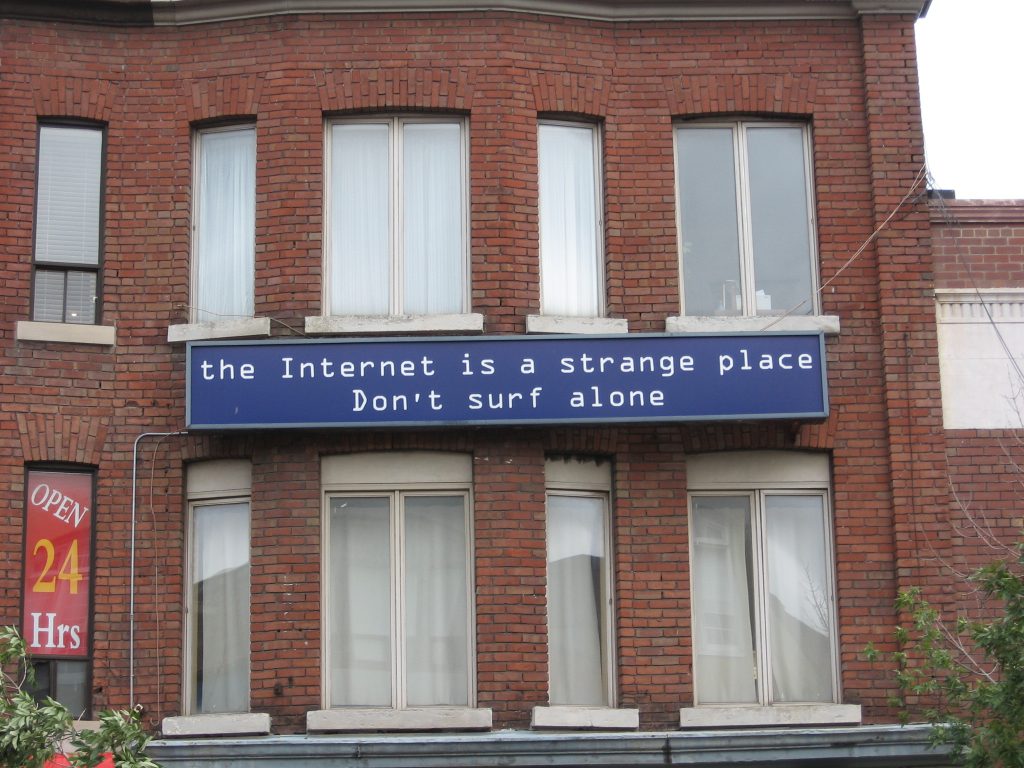Diese Serie von Blogeinträgen beschreibt die Relevanz kultur- und sozialanthropologischer Zugänge in der Untersuchung digitaler Technik und Technologien, dargestellt anhand wissenschaftstheoretischer Aspekte in der Entwicklung der Forschungsfelder der “Cyberanthropologie” und der “Digitalen Anthropologie”. Kommentare und/oder Anmerkungen sind dezidiert erwünscht.
Die einzelnen Blogeinträge bauen, leicht verändert, auf einen Text, der 2019 im Sammelband Ritualisierung – Meditatisierung – Performance publiziert wurde:
Budka, P. (2019). Von der Cyber Anthropologie zur Digitalen Anthropologie. Über die Rolle der Kultur- und Sozialanthropologie im Verstehen soziotechnischer Lebenswelten. In M. Luger, F. Graf & P. Budka (Eds.), Ritualisierung – Mediatisierung – Performance (pp. 163-188). Göttingen: V&R Unipress/Vienna University Press. https://doi.org/10.14220/9783737005142.163
Cyberanthropologie 2/2
Im deutschen Sprachraum war Manfred Kremser einer der ersten Kultur- und Sozialanthropologen, der sich ausführlich mit neuen digitalen Technologien und deren Bedeutung für Mensch, Gesellschaft und Kultur auseinander setzte.1 Ab 1996 bot er Lehrveranstaltungen zu ausgewählten cyberanthropologischen Themen am Institut für Kultur- und Sozialanthropologie (vormals Völkerkunde) der Universität Wien an. Dabei verstand er es geschickt, das neue Forschungsfeld der Cyberanthropologie mit Frage- und Problemstellungen zu verbinden, mit denen er sich bereits zuvor intensiv auseinander gesetzt hatte, besonders im Bereich der afrikanischen und afro-karibischen Religionen. So untersuchte Kremser beispielsweise, wie der soziokulturelle Raum des Cyberspace “Afrikanische Traditionelle Religionen” und “Afrikanische Diaspora Religionen” um eine zusätzliche Dimension, die Kremser (2003: 447) als “Afrikanische Digitale Diaspora Religionen” bezeichnet, erweitert.2 Historisch betrachtet, wurden afrikanische Religionen und deren Traditionen in der Diaspora laufend transformiert. Die “Afrikanische Digitale Diaspora” transformiert nun wiederum das bereits Transformierte auf neue Art und Weise (Kremser 2001a: 111). Diese “Cyber-Transformationen” implizieren einen fundamentalen Wandel von traditionellen und diasporischen Religionen (Kremser 2003: 448). Indigene religiöse Konzepte und Praktiken verlassen ihr lokales Territorium und werden durch global vernetzte digitale Technologien für viele Menschen weltweit verfügbar. Im Zuge dieses Globalisierungsprozesses werden afrikanische Kosmologien und Ritualsysteme in neue Formen von “Kultur” transformiert, an der ein Publikum global teilhaben kann (ebd.).
In seiner Forschung arbeitete Kremser (z.B. 2001a, 2001b, 2003) die Besonderheiten dieser Transformationsprozesse heraus. Die Genese digitaler afrikanischer Diaspora-Religionen ermöglicht es beispielsweise, die Ähnlichkeiten zwischen afrikanischer Spiritualität und grundlegenden Prinzipien des Cyberspace zu erkennen. So spielen etwa binäre Codesysteme sowohl in der Computertechnik als auch bei Ifá-Orakel in der Religion der Yoruba (vor allem im westlichen Nigeria) eine entscheidende Rolle (Kremser 2001b; siehe auch Eglash 1999: 86ff.; Eglash/Bleecker 2001: 357ff.). Digitale afrikanische Religionen bilden neue Kontexte für etablierte Konzepte und Praktiken und ermöglichen so deren Neuinterpretation und das Erleben neuer religiöser Dimensionen. Viele religiöse PraktikerInnen sind, nach Kremser (1998: 141ff.), nun in unterschiedlichen sozialen Feldern engagiert: etwa als PriesterInnen in lokalen Gemeinschaften, als LehrerInnen und spirituelle FührerInnen bei internationalen Workshops und Diaspora-Treffen sowie als ComputerspezialistInnen und religiöse UnternehmerInnen in globalen Online-Gemeinschaften der digitalen Diaspora. Um diese Felder auf methodischer Ebene zu berücksichtigen, schlägt Kremser (ebd.: 135ff.) vor, das “klassische” Konzept ethnographischer Feldforschung zur “Felder-Forschung” zu erweitern, in der sich EthnographInnen mit unterschiedlichen soziokulturellen Feldern befassen, die sich auch in den digitalen Raum erstrecken, sich überlappen und ergänzen (siehe auch Marcus 1998).
Continue reading Blog Post Series: Von der Cyberanthropologie zur Digitalen Anthropologie – Teil 4

